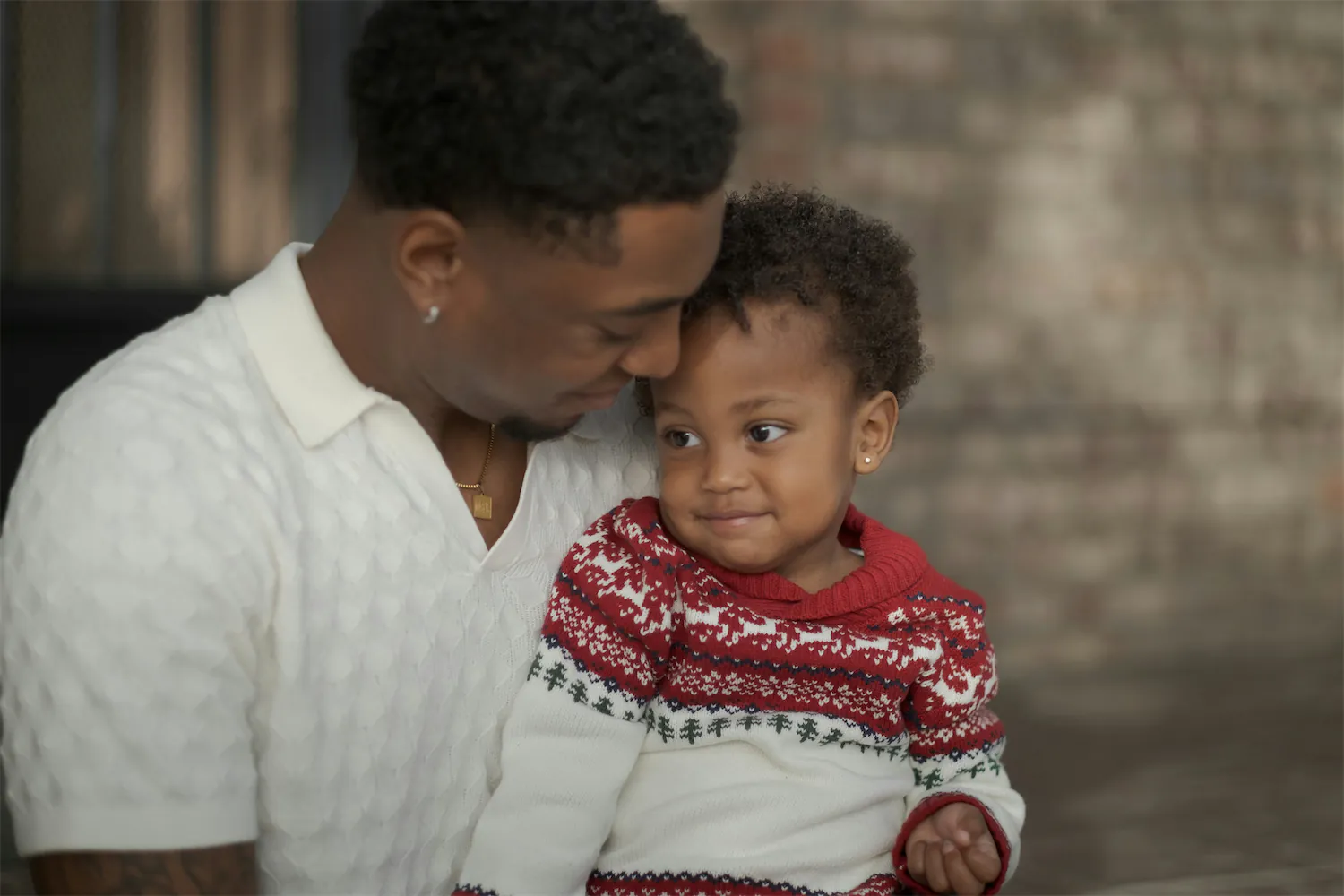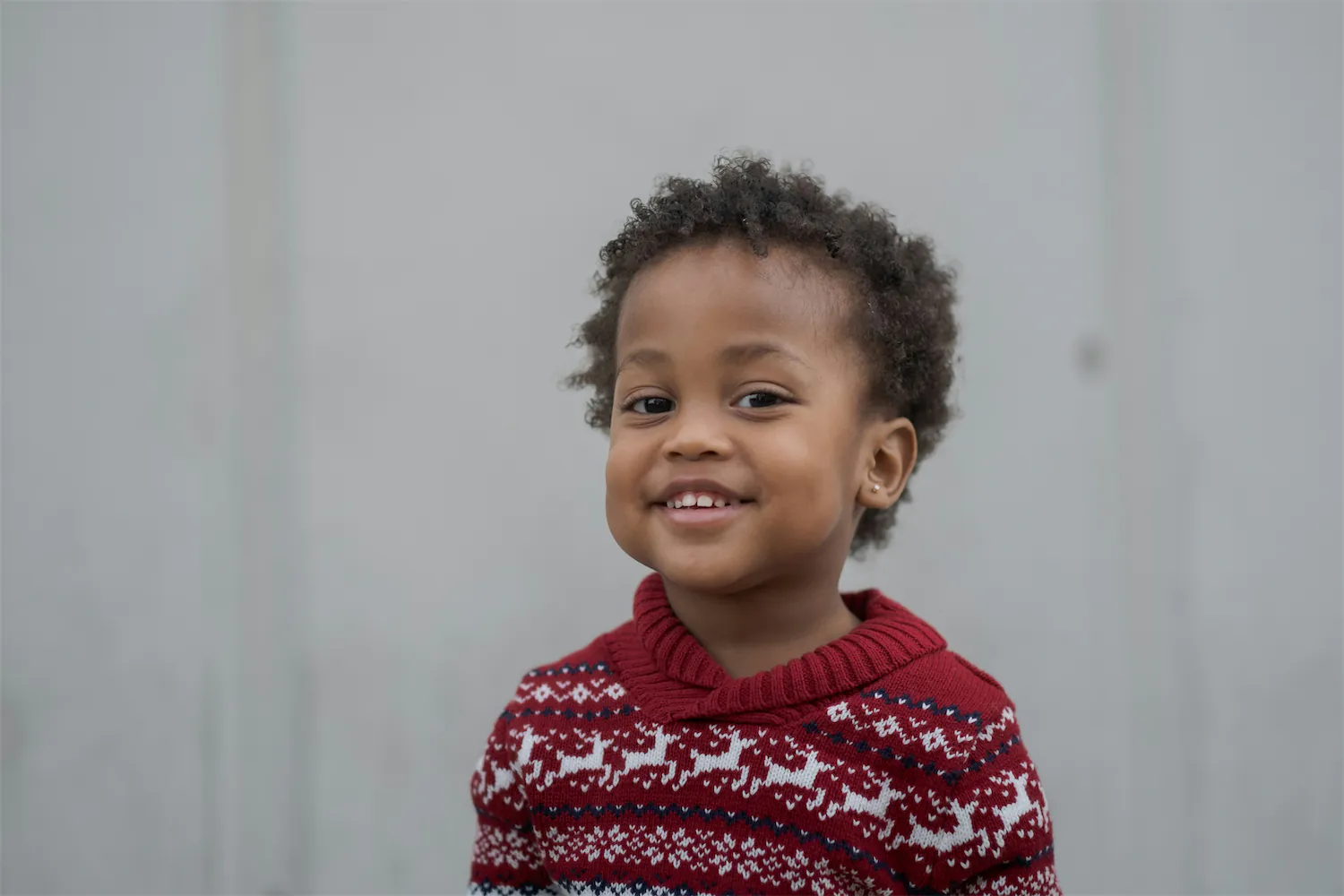What are common childhood fears?
What are common childhood fears?
Common fears in infants, toddlers, and preschoolers
Common fears in infants, toddlers, and preschoolers

Dahlia Rimmon, RDN
Content Writer

Jennifer Gillette, MA
Child Development & Behavior Specialist



Children of all ages experience fear and it's a normal part of development. In this article, we'll explore some common childhood fears and offer tips on how to help children overcome them.
Why do children have fears?
Children feel fearful or experience fears as part of their emotional and cognitive development. As their brains mature, their understanding of the world grows, and their ability to perceive and process threats evolves, resulting in feelings of fear.
Newborn (0 to 1 year): Newborns have reflexive fears of loud noises and sudden movements (startle and moro reflexes).
Infant (6 to 8 months): Infants experience stranger anxiety as they become more aware of familiar and unfamiliar faces.
Infant (9 to 18 months): Infants experience separation anxiety as they begin to form strong attachments to caregivers.
Toddlers: Toddlers fear separation from parents, as they lack a full understanding of object permanence.They are also afraid of the dark or loud noises (thunder, vacuum cleaners, sirens) because they have a heightened sensory sensitivity. As toddlers' imagination expands, they may fear imaginary creatures (monsters) because they cannot separate fantasy from reality.
Preschoolers: Preschool-age children have big imaginations and cannot reality from imaginations, especially at night. This can result in fears of monsters under the bed, shadows, or bad dreams.
Common fears in infants
Strangers
Loud or sudden noises
Common fears in toddlers
New environments or routines
Darkness or nighttime
Thunder and lightning
Separation anxiety
Monsters
Common fears in school-age children
Death
Animals or insects
Thunder and lightning
Darkness or nighttime
Being home alone
What is the difference between fear and anxiety in children
Fear is an immediate response to a real or perceived threat that triggers a fight-or-flight reaction. It is usually specific and short-term.
Anxiety is a more generalized, persistent feeling of worry or apprehension about future uncertainties or potential threats, even in the absence of an immediate threat.
Tips to help children overcome their fears
Validate and reassure: Make sure your child feels heard and understood by acknowledging their fears. Avoid shaming or making them feel guilty for feeling scared.
Teach coping skills: Help your child learn effective coping strategies, such as deep breathing, meditation, or grounding activities to manage fear when it arises.
Limit screen time: Reduce exposure to media that might trigger fear, such as scary images in TV shows, movies, or video games.
Overhearing adult conversations: Be mindful of conversations that you have around children, especially if they contain scary or confusing topics.
Gradual exposure: Encourage your child to face their fears in small, manageable steps. This helps build confidence and reduces anxiety over time.
Model bravery: Show your child how to handle fear calmly by demonstrating confidence and problem-solving in challenging situations. Kids often take cues from how adults react.
When to consult a pediatrician
Consult your pediatrician if your child:
Struggles with anxiety that interferes with school, sleep, or daily activities.
If your child experiences persistent worry or fear lasting weeks or months.
Suffers from frequent headaches, stomachaches, or fatigue.
Has panic attacks, extreme clinginess, or uncontrollable crying.
Shows little improvement despite reassurance, coping strategies, or gradual exposure.
Children of all ages experience fear and it's a normal part of development. In this article, we'll explore some common childhood fears and offer tips on how to help children overcome them.
Why do children have fears?
Children feel fearful or experience fears as part of their emotional and cognitive development. As their brains mature, their understanding of the world grows, and their ability to perceive and process threats evolves, resulting in feelings of fear.
Newborn (0 to 1 year): Newborns have reflexive fears of loud noises and sudden movements (startle and moro reflexes).
Infant (6 to 8 months): Infants experience stranger anxiety as they become more aware of familiar and unfamiliar faces.
Infant (9 to 18 months): Infants experience separation anxiety as they begin to form strong attachments to caregivers.
Toddlers: Toddlers fear separation from parents, as they lack a full understanding of object permanence.They are also afraid of the dark or loud noises (thunder, vacuum cleaners, sirens) because they have a heightened sensory sensitivity. As toddlers' imagination expands, they may fear imaginary creatures (monsters) because they cannot separate fantasy from reality.
Preschoolers: Preschool-age children have big imaginations and cannot reality from imaginations, especially at night. This can result in fears of monsters under the bed, shadows, or bad dreams.
Common fears in infants
Strangers
Loud or sudden noises
Common fears in toddlers
New environments or routines
Darkness or nighttime
Thunder and lightning
Separation anxiety
Monsters
Common fears in school-age children
Death
Animals or insects
Thunder and lightning
Darkness or nighttime
Being home alone
What is the difference between fear and anxiety in children
Fear is an immediate response to a real or perceived threat that triggers a fight-or-flight reaction. It is usually specific and short-term.
Anxiety is a more generalized, persistent feeling of worry or apprehension about future uncertainties or potential threats, even in the absence of an immediate threat.
Tips to help children overcome their fears
Validate and reassure: Make sure your child feels heard and understood by acknowledging their fears. Avoid shaming or making them feel guilty for feeling scared.
Teach coping skills: Help your child learn effective coping strategies, such as deep breathing, meditation, or grounding activities to manage fear when it arises.
Limit screen time: Reduce exposure to media that might trigger fear, such as scary images in TV shows, movies, or video games.
Overhearing adult conversations: Be mindful of conversations that you have around children, especially if they contain scary or confusing topics.
Gradual exposure: Encourage your child to face their fears in small, manageable steps. This helps build confidence and reduces anxiety over time.
Model bravery: Show your child how to handle fear calmly by demonstrating confidence and problem-solving in challenging situations. Kids often take cues from how adults react.
When to consult a pediatrician
Consult your pediatrician if your child:
Struggles with anxiety that interferes with school, sleep, or daily activities.
If your child experiences persistent worry or fear lasting weeks or months.
Suffers from frequent headaches, stomachaches, or fatigue.
Has panic attacks, extreme clinginess, or uncontrollable crying.
Shows little improvement despite reassurance, coping strategies, or gradual exposure.
Summer Health offers fast and reliable pediatric urgent care through online doctors, all via text. Whether you’re worried about your baby's fever, rashes, or other children's health concerns, we provide expert advice and support anytime, right from your phone.

Never miss a post!
Sign up for our newsletter to receive articles and guides directly to your inbox!













